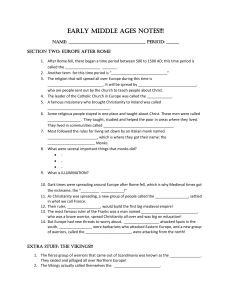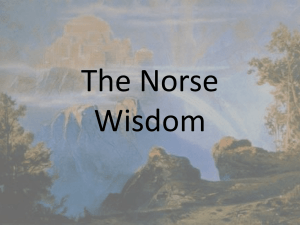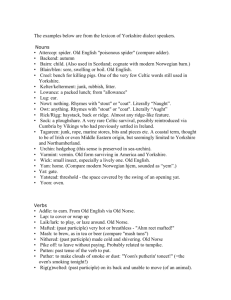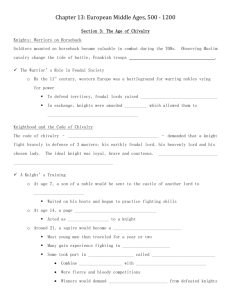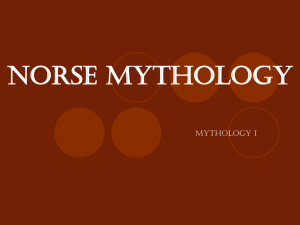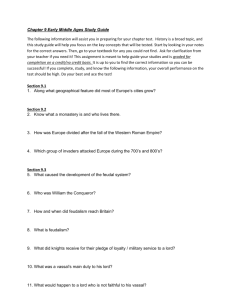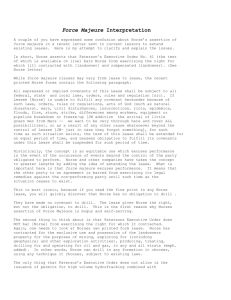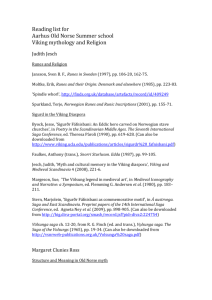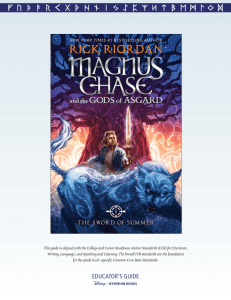Early Middle Ages Notes!!!
advertisement
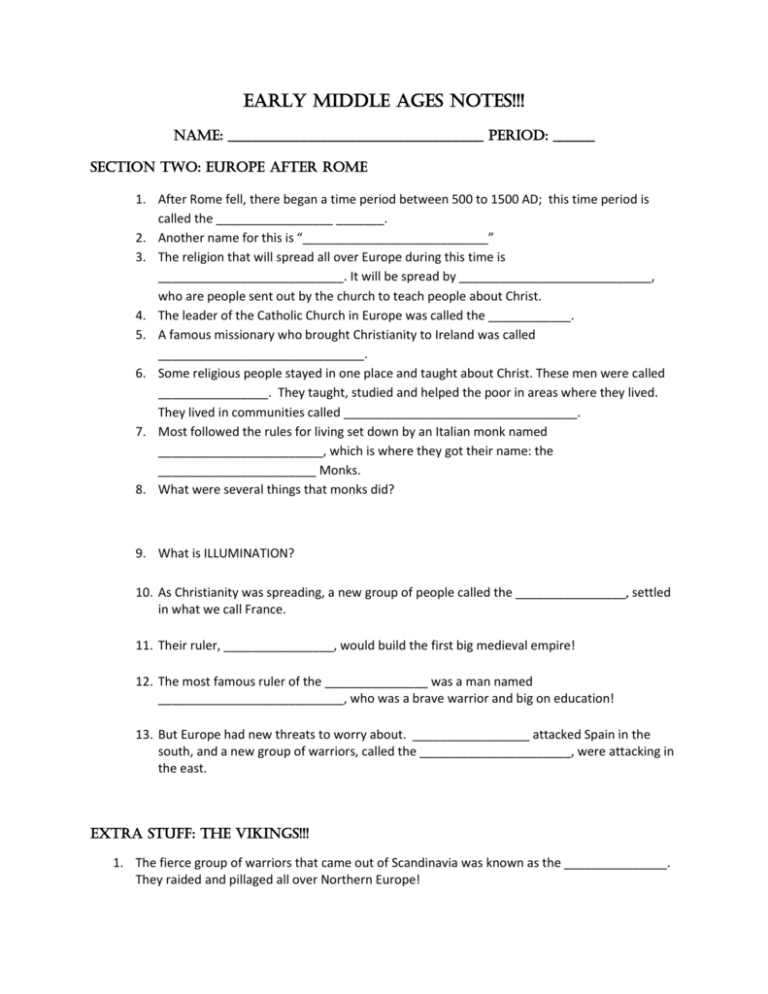
Early Middle Ages Notes!!! Name: _____________________________________ Period: ______ Section Two: Europe After Rome 1. After Rome fell, there began a time period between 500 to 1500 AD; this time period is called the _________________ _______. 2. Another name for this is “___________________________” 3. The religion that will spread all over Europe during this time is ___________________________. It will be spread by ____________________________, who are people sent out by the church to teach people about Christ. 4. The leader of the Catholic Church in Europe was called the ____________. 5. A famous missionary who brought Christianity to Ireland was called ______________________________. 6. Some religious people stayed in one place and taught about Christ. These men were called ________________. They taught, studied and helped the poor in areas where they lived. They lived in communities called __________________________________. 7. Most followed the rules for living set down by an Italian monk named ________________________, which is where they got their name: the _______________________ Monks. 8. What were several things that monks did? 9. What is ILLUMINATION? 10. As Christianity was spreading, a new group of people called the ________________, settled in what we call France. 11. Their ruler, ________________, would build the first big medieval empire! 12. The most famous ruler of the _______________ was a man named ___________________________, who was a brave warrior and big on education! 13. But Europe had new threats to worry about. _________________ attacked Spain in the south, and a new group of warriors, called the ______________________, were attacking in the east. Extra Stuff: The Vikings!!! 1. The fierce group of warriors that came out of Scandinavia was known as the _______________. They raided and pillaged all over Northern Europe! 2. 3. 4. 5. 6. 7. 8. 9. 10. 11. 12. 13. The Vikings actually called themselves ______________________. To go out and fight and pillage means “_____ ____ __________________” The Norse version of democracy was called the ________________________. ___________________ are long stories that make up Norse history. Within them are _____________ that tell the adventures of heroes, gods and adventurers. Myths! One of the most famous is a story about a fierce Norse warrior called _____________________, who fights the monster ___________________, and is awarded great riches by King _______________________. The Norse explored, traded and raided using a type of ship called a ___________________________. The Norse called them ___________________. These ships had _________________________, or heads that were attached to the front of the boat. They were usually dragons, to fend off sea monsters and to look terrifying! One famous Norse warrior/explorer, with a very bad temper, was named _________ ____ ________. He founded the colony of _____________________________. He told people that it had much “green land” to encourage people to move there. His son, _____________________ ___________________, also explored, and was said to have discovered the land of __________________, which is in modern day __________________________, ______________________. In __________________________, the Norse fought the natives, who they called _________________________. The Norse had some pretty cool mythology and gods!!! Name the four gods we mentioned and what they were known for: _______________________: _______________________: _______________________: _______________________: 14. The Universal Tree in Norse mythology is called ________________________________. The gods lived in _____________________, and humans lived in _______________________. When a warrior died, he would go to ________________________, to drink mead with the __________________________, the female warriors who ran the place! 15. The __________________ were sisters who determined each person’s future and fate. Section 3: Feudalism and Manor Life 1. During medieval times, kings would give land to nobles called ________________. They would in turn hire professional soldiers to protect their land. These soldiers were called _______________________. 2. Sometimes nobles would give a knight their own land, called a __________. 3. A knight who promised to serve a lord is called that lord’s ________________________. 4. This system of promises between a lord and knight is called ___________________________. 5. What were the lord’s duties? 6. What were the vassal’s duties? 7. Feudalism came to England when a French noble called _______________________ the ___________________ invaded it in 1066. He rewarded his knights with land. 8. Knights couldn’t farm their land by themselves, so they “rented” out their land to peasants, who farmed it in exchange for housing and protection. The large estate where they lived and worked for the lord or knight was called a ____________________. 9. Peasants were called ___________________. 10. Describe manor life for a peasant: 11. Describe manor life for a lord: 12. A powerful noblewoman in France who had political power was named __________________ of __________________________. Section 4: Feudal Society 1. Fill in the comparison chart: Japan Europe 2. In Japan, warriors called ______________________ followed the code of ____________________. In Europe, soldiers called ____________________ lived by a code called ________________________. They were very much the same! 3. Describe how knights were supposed to act under chivalry: 4. Fill in the differences chart between Japan and Europe. Japan Europe Code of living Religion Art Extra Stuff: Castles!!! 1. The earliest castles were called __________________ and ____________________. They were made out of mostly ____________________ and built on top of a _____________. 2. Later on, castles would be made out of ______________. 3. The _________________ is a water-filled area that surrounds the castle for protection. 4. The __________________ was a storage area topped by a huge square tower with slotted windows for castle archers to use. The keep stored food, wine, and grain in case of siege. 5. The __________________ were the homes of the knights and their families. 6. ____________________________ were used on top of walls so that archers could hide behind them and shoot arrows at people down below! 7. Draw a quick sketch of a crenellation: 8. The ________________-____________________ was an ingenious and deadly place in the gatehouse of the castle, where the enemy would be trapped. Then, boiling oil, arrows and other things would be dropped on them from above!
